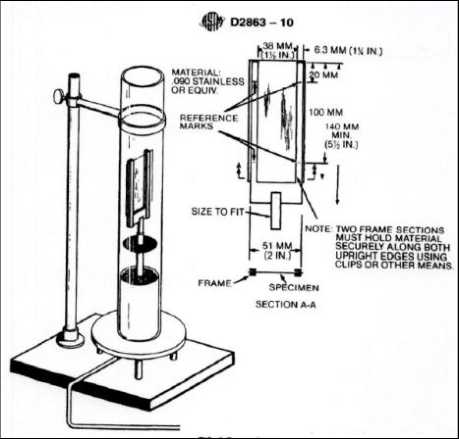- Qinsun Instruments Co., Ltd.
- Tell:+86-21-6780 0179
- Phone:+86-17740808215
- Address:No. 2578 Minhang District Gu Dai Road, Shanghai
- Contact:Mr. Li
- QQ:846490659
Calibration method of acidity meter

1、 Calibration method
Turn on the power switch of the instrument, turn the measurement selection switch to the "PH" position, first clean the electrode with distilled water, then insert the electrode into the buffer solution with PH=7, adjust the "temperature" compensator so that the indicated temperature is the same as the temperature of the solution, and then adjust the PH value indicated by the "positioning" regulator to be the same as the PH value of the buffer solution at this temperature. Then remove the electrode inserted into the PH7 buffer solution and clean it with distilled water. Insert the cleaned electrode into a buffer solution with a pH of 4, so that the temperature indicated by the temperature compensator of the instrument is the same as the temperature of the buffer solution. Then adjust the slope regulator to match the pH value displayed by the instrument with the pH value of the buffer solution at that solution temperature. After calibration, there should be no further changes in the "positioning" and "slope" regulators, and pH measurement can now be carried out. But in general, if the electrode is inserted back into the pH 7 range, and the pH value displayed by the instrument is the same as the buffer solution, it also indicates that the calibration is accurate.
2、 Precautions
1. Re calibrate several aspects
When there is a significant change in the temperature of the solution compared to the calibration temperature; Electrodes that have been away from the solution for too long; Replaced with a new composite electrode; When there are changes in the "positioning" and "slope" regulators; After measuring pH>12 or pH<2; Measure solutions containing fluoride with an acidity of pH<7 or a more concentrated organic solution.
2. Instrument maintenance
The input end of the instrument (i.e. the composite electrode socket) must be kept highly clean; The composite electrode head is very thin, do not touch hard objects to prevent electrode damage; If there is dirt on the head of the composite electrode, wipe the electrode head with medical cotton or clean it with 0.1N dilute hydrochloric acid; After long-term use, the theoretical percentage of the electrode slightly decreases. The lower end of the electrode should be soaked in 4% HF for 3-5 seconds, washed with distilled water, and soaked in a 0.1mol/L HCL solution for a few hours. Rinse thoroughly with deionized water to make it new; If the head of the composite electrode cracks or ages (left for more than two years), a new electrode should be replaced. Before using the new electrode, soak it in a 3mol/L KCL solution for 24 hours; When calibrating with buffer solution, ensure its reliability; The LCD display shows "LOBAT" and the battery needs to be replaced; Do not expose the LCD monitor to strong sunlight
3. The input end of the instrument (i.e. the composite electrode socket) must be kept highly clean, and the electrode plug should not be frequently unplugged to prevent dust and high humidity from entering.
4. Before using the electrode, a standard buffer solution with a known pH value must be used for positioning correction.
5. After removing the cap, be careful that the sensitive glass inside the plastic protective barrier does not come into contact with hard objects. Any damage or scratching will cause the electrode to fail.
6. After the measurement is completed, the protective cap should be put on, and a small amount of supplementary solution (3M/molKCL) should be added inside the cap to keep the electrode ball bubble moist.
7. The lead out end of the electrode must be kept clean and dry to absolutely prevent short circuits at both ends of the output, otherwise it will cause inaccurate or ineffective measurement results.





